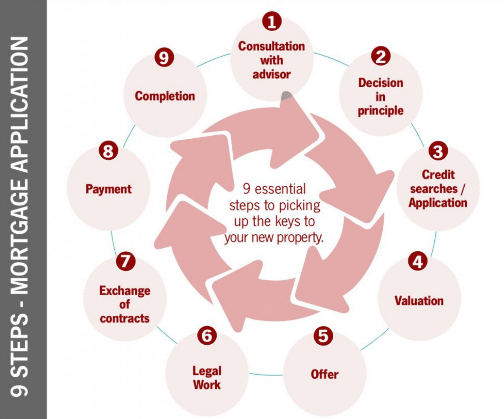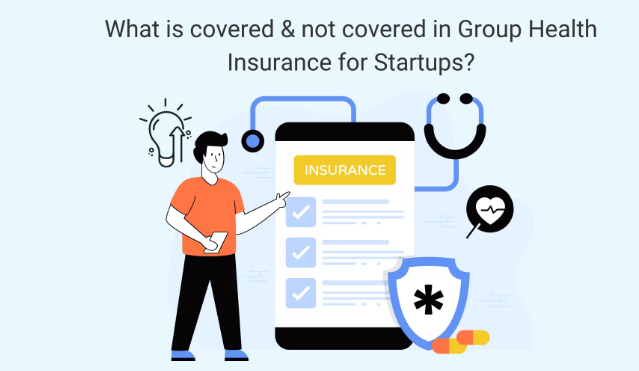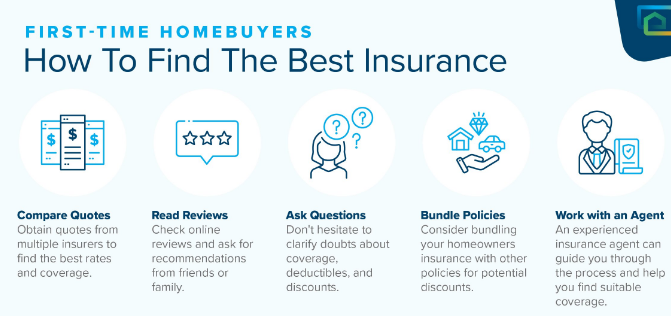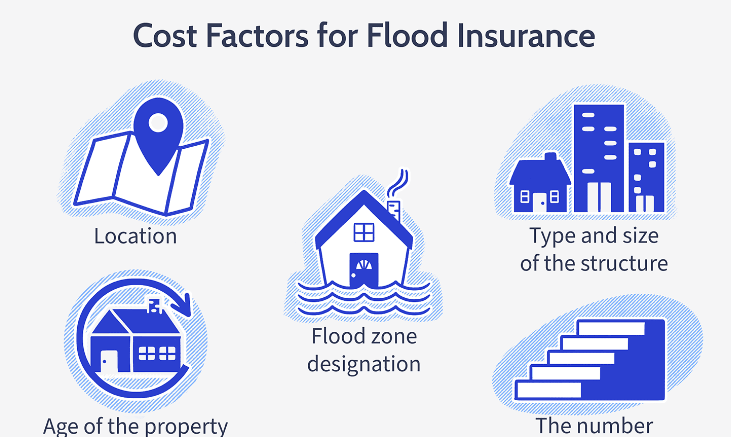Purchasing a car is a significant financial decision, and one of the first steps in the car-buying process is determining how much you can afford for a car loan. Whether you’re buying a brand-new vehicle or a used car, it’s essential to set a budget that ensures you’re making a purchase within your means. Taking out a car loan can be a great way to finance your car, but overextending yourself financially can lead to long-term financial stress.
In this article, we’ll explore how to determine how much car loan you can afford, taking into account factors such as income, monthly expenses, loan terms, interest rates, and your credit score. We’ll also provide a step-by-step guide to help you figure out your car loan budget, along with useful tips to make sure you’re financially comfortable with your decision.
Understanding Car Loan Affordability
Before you start looking for a car, it’s essential to determine a realistic price range for your vehicle. Affordability for a car loan is not just about how much you can borrow, but how much you can comfortably repay each month while still maintaining financial stability.
Several factors come into play when determining how much car loan you can afford, including:
Your Income: Your monthly income plays a significant role in determining how much car loan you can afford. Generally, lenders recommend that your car payment should not exceed 15% of your monthly take-home income.
Other Debts: Lenders often use the debt-to-income (DTI) ratio to assess how much of your income is going toward existing debt payments. A high DTI ratio may make it harder to qualify for a car loan or result in higher interest rates.
Down Payment: A larger down payment can reduce your loan amount and monthly payments, making it easier to afford a car loan.
Loan Term: The length of your loan term (e.g., 36, 48, 60, or 72 months) will affect your monthly payment. Longer terms generally mean lower monthly payments, but you may end up paying more in interest over the life of the loan.
Interest Rate: Your interest rate will affect your monthly payments and the total amount you pay for the car over time. A lower interest rate typically makes a car loan more affordable, while a higher interest rate can increase the total cost.
Credit Score: Your credit score can influence the interest rate you receive. A higher credit score generally results in a lower interest rate, while a lower score may mean higher rates and, consequently, higher monthly payments.
Step-by-Step Guide: How Much Car Loan Can You Afford?
- Calculate Your Monthly Income
Start by determining your monthly take-home pay after taxes and deductions. This is the amount you have available to cover all of your expenses, including your car loan. It’s important to be realistic about your income and ensure you’re not stretching your budget too thin. - Assess Your Monthly Expenses
Next, list out your monthly expenses, including rent or mortgage payments, utilities, food, health insurance, debt payments, savings, and entertainment. Be sure to account for all essential expenses so you can determine how much is available for a car loan payment.
To calculate your available monthly budget for a car payment, subtract your total monthly expenses from your monthly income. This gives you a clearer picture of how much you can afford to spend on a car loan without overburdening your finances.
- Apply the 15% Rule
As mentioned earlier, financial experts recommend that your car loan payment should not exceed 15% of your monthly take-home income. To get a rough estimate of how much car loan you can afford, multiply your monthly income by 0.15.
For example, if you earn $4,000 per month, you should aim for a monthly car payment of no more than $600 (4,000 x 0.15 = 600).
- Factor in Other Debt Payments (Debt-to-Income Ratio)
Your debt-to-income (DTI) ratio is an important metric used by lenders to assess your financial health. It compares the amount of debt you have each month to your monthly income. Lenders typically look for a DTI ratio of 36% or less, meaning that no more than 36% of your income should be used for debt payments, including your mortgage, credit cards, and car loan.
To calculate your DTI ratio, add up your monthly debt payments (including any existing car loans, credit card payments, or student loans) and divide that by your gross monthly income. Multiply the result by 100 to get your percentage.
For example, if you earn $4,000 per month and have $1,200 in monthly debt payments, your DTI ratio would be 30% ($1,200 ÷ $4,000 = 0.30 x 100 = 30%).
When applying for a car loan, lenders typically use this ratio to help determine if you’re financially capable of taking on additional debt. A high DTI ratio may limit the amount of money you can borrow or result in a higher interest rate.
- Consider Your Loan Term and Interest Rate
The loan term and interest rate you qualify for will have a significant impact on your monthly payment. While longer loan terms (e.g., 60 or 72 months) can reduce your monthly payment, they can also increase the total amount you pay for the car in the long run due to interest.
To determine how much loan you can afford, use an online car loan calculator to estimate your monthly payment based on the loan amount, interest rate, and loan term. This can help you identify how much you can borrow without exceeding your budget.
- Don’t Forget About Additional Costs
In addition to the cost of the car and monthly loan payments, there are other expenses to consider when budgeting for a car loan. These may include:
Car Insurance: Your monthly car insurance premium is an important part of the total cost of owning a car.
Taxes and Fees: Sales tax, title fees, registration fees, and other charges may increase the total cost of the car and should be factored into your budget.
Maintenance and Repairs: Even with a new car, there may be ongoing maintenance and repair costs. Be sure to account for these expenses when determining how much car loan you can afford.
- Make a Down Payment
The larger your down payment, the less you need to borrow, which can make it easier to afford a car loan. A larger down payment also helps reduce your monthly payment and can make it more likely that you’ll get approved for the loan.
As a general rule, aim to put down at least 20% of the car’s purchase price. This not only reduces the amount you need to borrow but also helps you avoid being “upside down” on your loan, meaning owing more than the car is worth.
Tips for Affording a Car Loan
Choose a Car Within Your Budget: While it may be tempting to purchase a more expensive car, sticking to a budget is key to maintaining financial stability. Choose a car that fits your needs and lifestyle without stretching your finances.
Shop Around for the Best Interest Rates: Different lenders offer varying interest rates, so be sure to shop around and compare offers before committing to a loan. A lower interest rate can save you money over the life of the loan.
Consider a Shorter Loan Term: While shorter loan terms may come with higher monthly payments, they often result in lower overall interest costs. If you can afford a shorter loan term, it’s a smart choice financially.
Evaluate Your Credit Score: Your credit score plays a major role in the interest rate you’ll receive. The better your credit score, the more likely you are to qualify for lower interest rates. If your credit score is low, consider improving it before applying for a loan.
Conclusion
Determining how much car loan you can afford is a critical step in the car-buying process. By calculating your monthly income, assessing your expenses, and factoring in debt obligations, you can establish a realistic budget for your car loan. Remember to account for not just the monthly payment but also the full costs of owning a car, including insurance, taxes, fees, and maintenance.
Taking the time to understand how much you can afford before purchasing a car can help you make a smart financial decision and prevent you from taking on more debt than you can handle. By choosing a car loan that fits your budget, you can enjoy your new car without the stress of overextending yourself financially.








